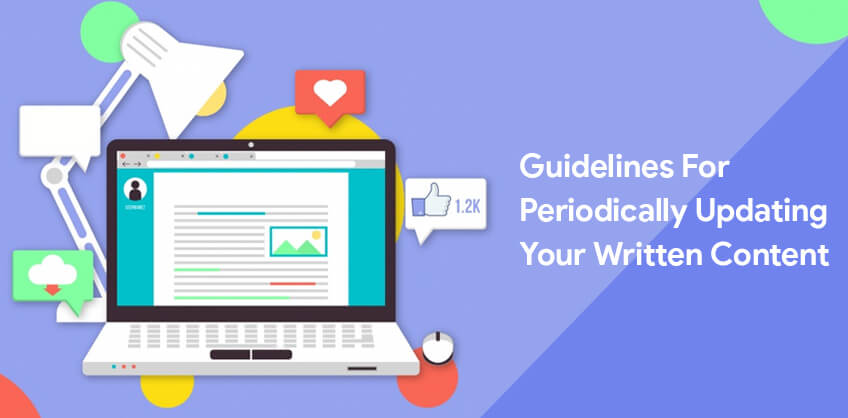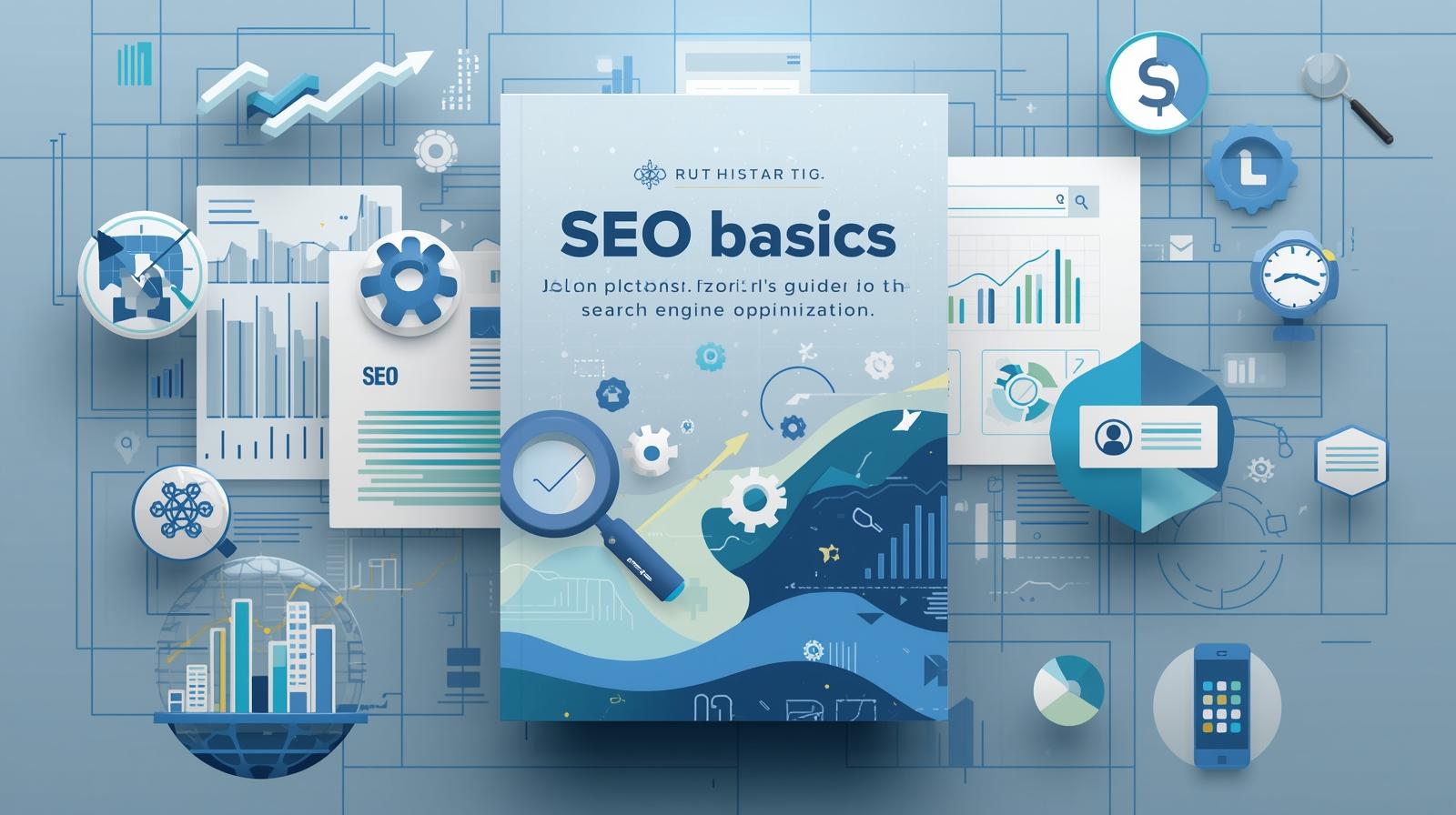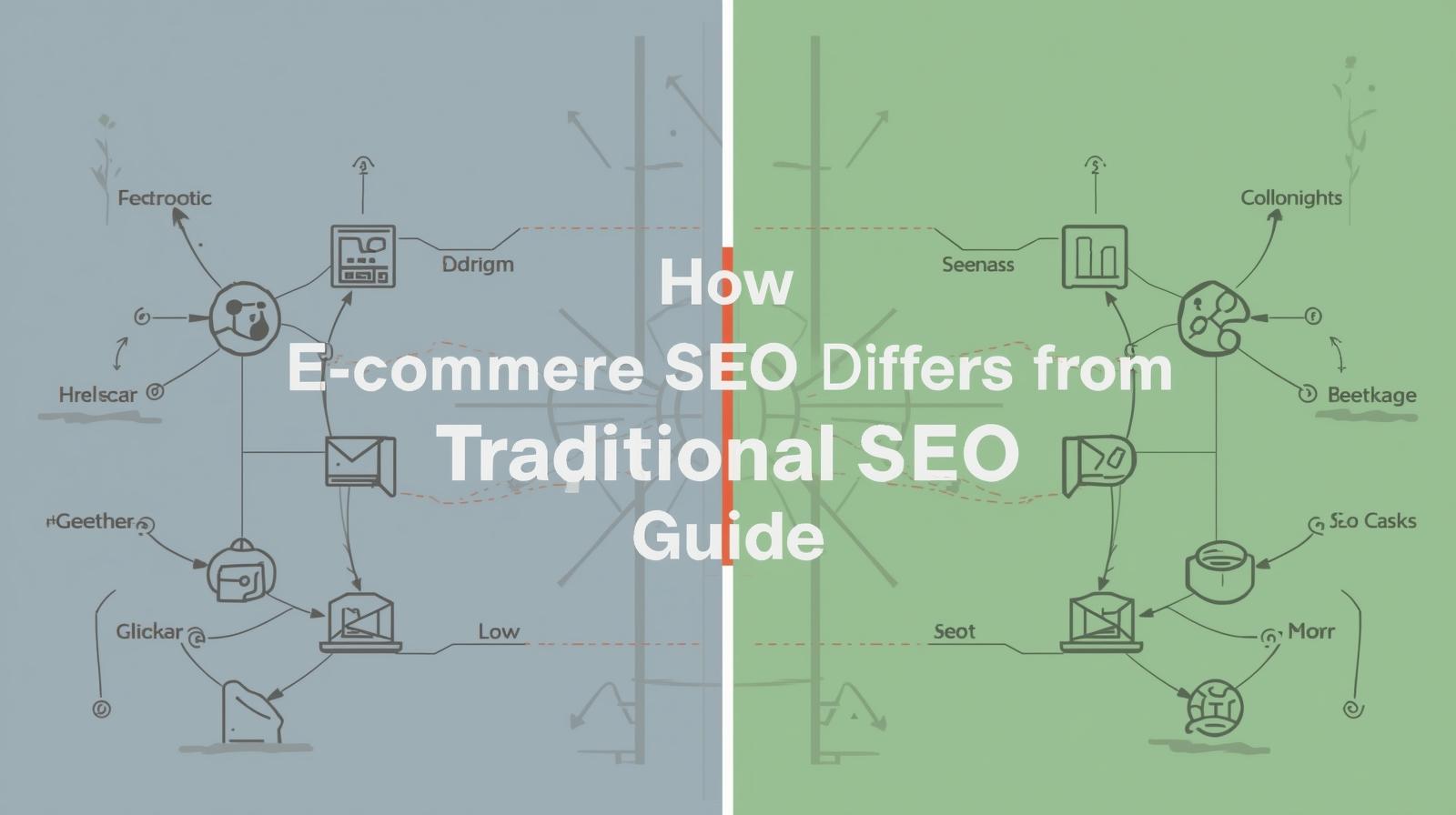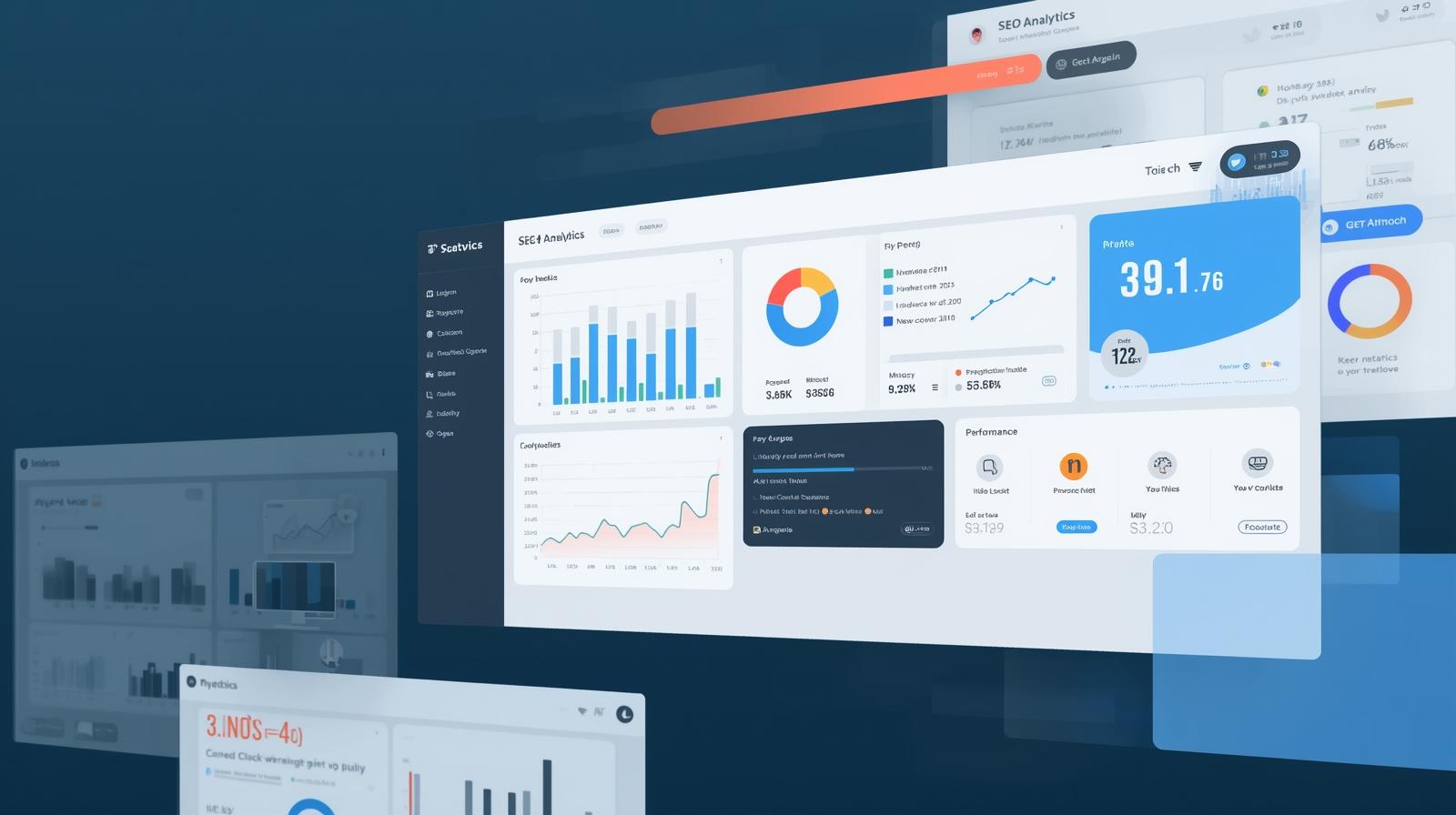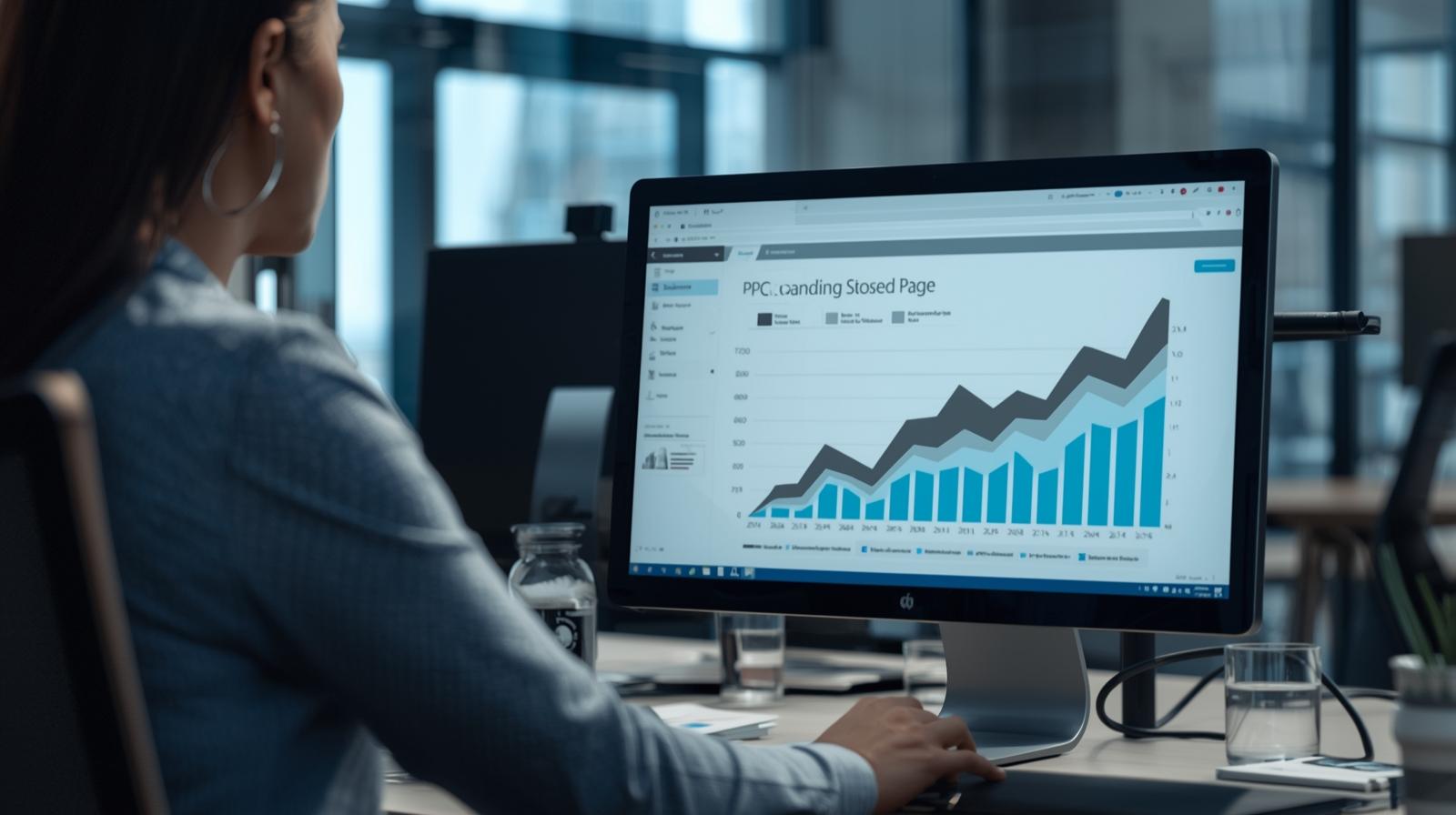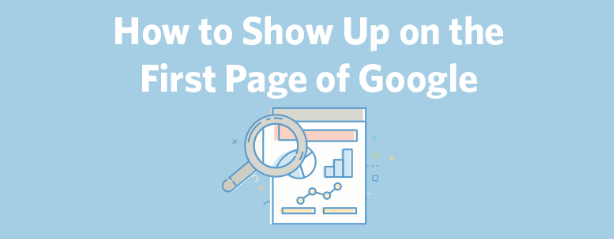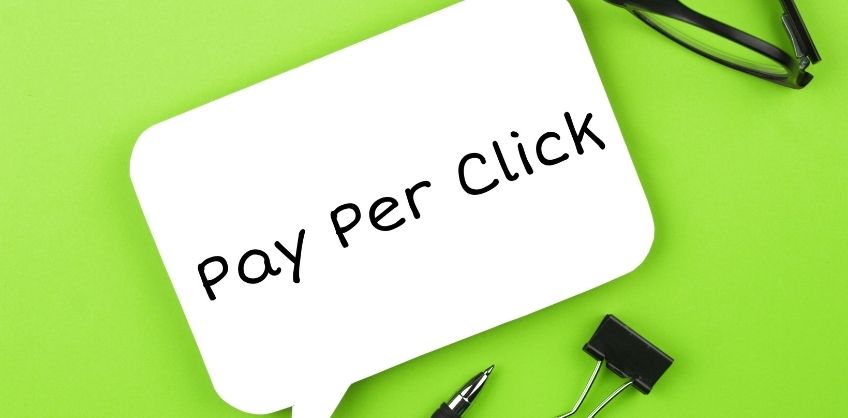January 18, 2017
Both Google and readers want the most up-to -date and relevant information, but over time some of your blog content might become outdated and irrelevant. One technique for addressing this issue is updating the previously published article with new information and revise the old version and remove the old insights that are no longer relevant.
You don’t have to update every article on your blog, refer to your analytics and see if any of your top performing posts, that is generating more traffic, conversions or number of links is in need of a refresh.
Refreshing older content will give Google a positive impression that the site is regularly been updated with new information to give users up-to-date and relevant information, which can continue to solidify your ranking.
Reviving your existing content is the fast track for building excellent content that establishes authority and offers a compelling experience.
Here are few guidelines presented by Nashua SEO expert to practice in moderation when updating your content.

Improve the title if needed
The title of an article is essential in driving the attention of someone to click on it and read it, that is why altering the title slightly may be the best route for improving the attention driven to the piece of content.
It is important to keep the main keywords in the title, but do research on competing pieces of the same subject and come up with an alternative title that may be more compelling.
Updating title is especially relevant if it includes the year or date in it like, Top 4 Google Algorithm Updates of 2016 which should be edited to reflect current year as long as the content piece itself is updated as well.
Never change the title if the piece itself has not been updated or mislead readers about the subject of the article. Updating the articles isn't a shortcut but an alternative way to get the results from readers and the search engines.
Remove irrelevant information and Add Updated Insights
Review your articles to look for information that is no longer relevant and replace the content with the fresh perspective on the subject. It is recommended that the word count of the refreshed content doesn't go down and which is why it is important to replace the information that is irrelevant and discover new aspects of the subject to explore in more detail.
Longer content isn’t always better, but increasing the length of the article, providing some valuable information has proven in some instances to rank highly in Google and generate more links and social shares.

Include a Note about the update
Whenever you update old content on a website include a note at the top or bottom of the article indicating that this is the updated piece and date of the update. This will provide them with context as to when the last edit was done.
Maintain the context of the piece
While adding new information and removing old insights it is necessary to maintain the same focus of the piece as it originally had.
It is surely okay to update the angle of the content slightly to ensure that the article is relevant and current, but do not change the context to a great extent that it misleads the readers and negatively affect your ranking in SERP.
Review All links, Stats, Media, Facts and Figures
Carefully check that all the links, media, statistics, facts and figures are in a piece are relevant, remove any broken links, outdated images and correct any errors.
Connect the piece to related content
Link the piece which you are updating to the relevant content across the website to further improve the resource and optimize the search, the provides additional value to the readers on the subject.
Adding links to the related content will help search engines to understand the additional subjects that your website should rank for and spread the SEO value to other blog posts. Taking help from SEO services In Nashua will definitely help you in attaining top ranking in SERP.

Don’t change the URL of the article
When updating the previously published piece of content never change the original URL of the article as it will break the link into the piece, thus breaking all the links to resources on other websites or social media, and thus result in a dip of your ranking in SERP.
In rare cases when the URL is not as relevant as it originally was, create a 301 redirect to point the old URL to the new one. This will maintain your search ranks and ensure all the links to the piece are still active.
Include a CTA if Relevant
Since you are updating the top performing article, add a call to action or few to encourage readers to subscribe your email list, download the watch a video, download a related white paper, visit another resource on the blog or even view a product page. The CTA should not be seen too ambitious and relate to the subject of the article as educating readers should still be its main goal. There is nothing wrong when converting readers from the attention a piece is generating, you just need to find the right strategy when adding CTA to an article.

Recent Posts
ARE YOU A LEADING SEO SERVICE PROVIDER?
Get listed in world's largest SEO directory today!
Directory listing counter is continuously increasing, be a part of it to gain the advantages, 10312 Companies are already listed.

